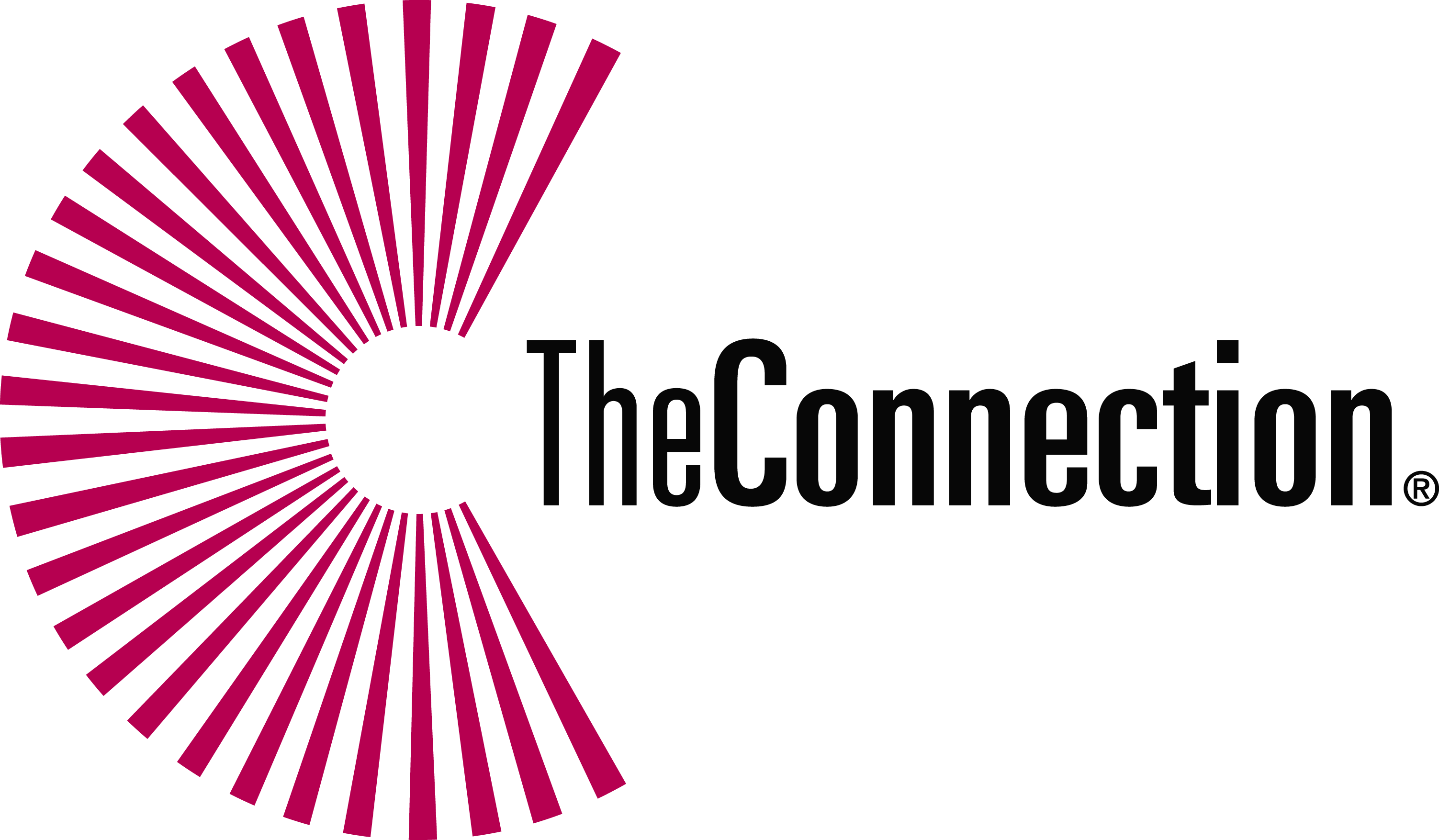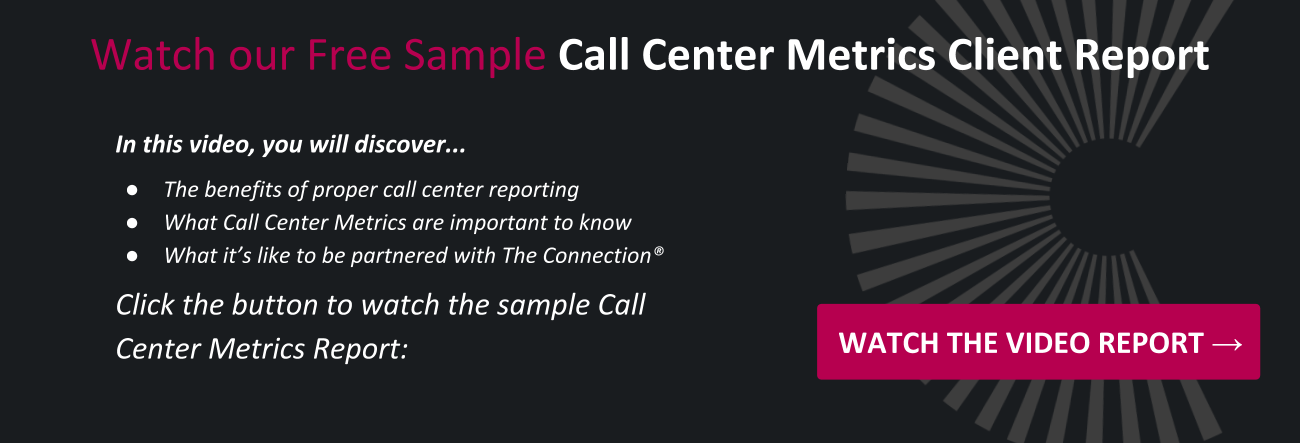It's All in the Numbers: Your Ultimate Guide to Call Center Metrics
No company can stay in business without analyzing performance data. However, useful data depends on using the right set of key performance indicators, or KPIs. Fortunately, there are a lot of ways to gather these kinds of metrics in a customer contact center.
Without further ado, here is our ultimate guide to call center metrics.
Contacts Offered = Volume of contacts received by the call center
Prospective clients with high volumes, and those that see noticeable spikes in volume, want to know their calls will be answered fast enough to keep customers from abandoning the call. If the call center is too small or cannot adjust staffing flexibly, that could spell trouble. For call centers, the ability to predict volume is critical.
PRO TIP: Your call center partner can help you with forecasting your own business. When your partner starts reporting a high contacts offered rate, pay attention to the timing of that spike. It may correlate with a high level of purchases, returns, or typical seasonality. Knowing this can help you prepare your own inventory for the future.
Contacts Handled = Number of contacts handled by the call center
Ideally, this number would equal Contacts Offered because every contact would get a response and a resolution. Unfortunately, this number is often lower, thanks to...
Contacts Abandoned = Number of contacts that gave up while waiting for agent assistance
Make them wait too long, and your contacts will abandon their attempt to resolve their problem, or make a purchase from you. Abandoned calls represent lost potential sales, and they can cause serious brand damage, too.
PRO TIP: The number of contacts abandoned can be lowered with the appropriate Interactive Voice Response (IVR) technology. This type of technology offers automated call back options so the customer can choose to: get a call back, opt to get their question answered in the automated system, or get redirected to the right department. Your call center partner should have the most up-to-date call center technology to help make this happen.
Average Speed of Answer (ASA) = Average time a contact waits in the queue before an agent responds
Seconds seem like forever to someone on hold, and today’s customers have NO patience. Be quick, or they will go somewhere else.
PRO TIP: A solid benchmark for ASA is 28 seconds. That's the global ASA average.
Service Level = Percent of contacts answered within a target queue time
This is the companion metric to ASA. Zero wait time would be nice, but a more realistic goal might be 80% of calls answered within 20 seconds or less.
Average Handle Time (AHT) = Average time it takes for an agent to handle a contact
This is an end-to-end metric, from the time the agent answers until the call wraps up.
PRO TIP: Your call center partner's AHT can be lowered with the right call center agent training and support. At The Connection, we put all of our CSRs through rigorous training programs so that they know our partners' business inside and out. The more they know, the more they can solve on their own without putting the customer on hold or transferring to another person!
First Call Resolution = Percent of customer issues resolved on the first contact
Increasingly, this is becoming a crucial issue with customers. When a shopper's desired product is out of stock, for example, they really, really want a fix — right now. They do not want to call back, nor do they want to speak with four more agents to get the help they need.
Customer Satisfaction (CSAT)
This is usually measured using after-call surveys, either via IVR or email. Of course, every contact who abandons their call never gets to take that survey. Nonetheless, we can probably assume they feel dissatisfied. This is one more reason to focus on reducing the abandonment rate.
Agent Quality Scores = Performance measurement for call center agents
Usually, call center supervisors or quality assurance team members listen to calls (live or after the fact using recorded calls), scoring agent performance against a variety of criteria.
PRO TIP: Make sure your call center partner uses a standardized scoring guide to grade their agents. At The Connection, we use a tried-and-true Call Center Agent QA Guide that you can download for free by clicking the link below. Remember, agents should be helpful, kind, patient, and accurate as to the tone of their client. That's the type of service that keeps your callers on the line to fill out those after-call surveys in a positive light!
Agent Utilization = Percent of time each agent is handling customer contacts
In a perfect world, agents are continuously busy, moving from contact to contact at a comfortable pace — not so overwhelmed they cannot take a break, but not sitting around doing nothing, either. Too busy causes burnout and mistakes. Sitting around costs money without return.
Cost Per Call = Cost for call center to handle each contact
Without call center metrics — especially this one — it would be impossible to price services to make a profit. Contact centers are, after all, in business. It takes revenue to make money as well as fund growth. And that takes planning, which is why the next metric is also bottom-line critical...
Forecast Accuracy
How close does actual volume into the contact center match the forecasted volume? Savvy call center managers look ahead at the expected big picture as well as the details, forecasting volume by the month and year, by days of the week and even day parts within each day. Getting the annual number right will not be much help if forecasts do not also support day-to-day personnel scheduling.
By using all of these call center metrics, business performance can be accurately predicted and the customer's experience can be as near-perfect as possible.
Do You See These Metrics?
All of these metrics are important to understand when setting expectations with your contact center partner, but how often does your partner actually show you this data?
We have found that regular reporting on these and other metrics is not very common in the world of customer service. At The Connection, we hold monthly and quarterly report meetings with our partners where we explain how our success is impacting their business. After all, our success depends on our partners' success! So if we're not sharing the fact, for example, that we had an abnormally high contact offered rate in June, then you may not know to prepare for next June appropriately, or you may not know how successful/unsuccessful one of your products was, etc. You can see how important your call center partner's feedback could be!
Watch a sample metrics report hosted by one of our program managers.
Learn more about our reporting standards and contact us with any questions you may have.




